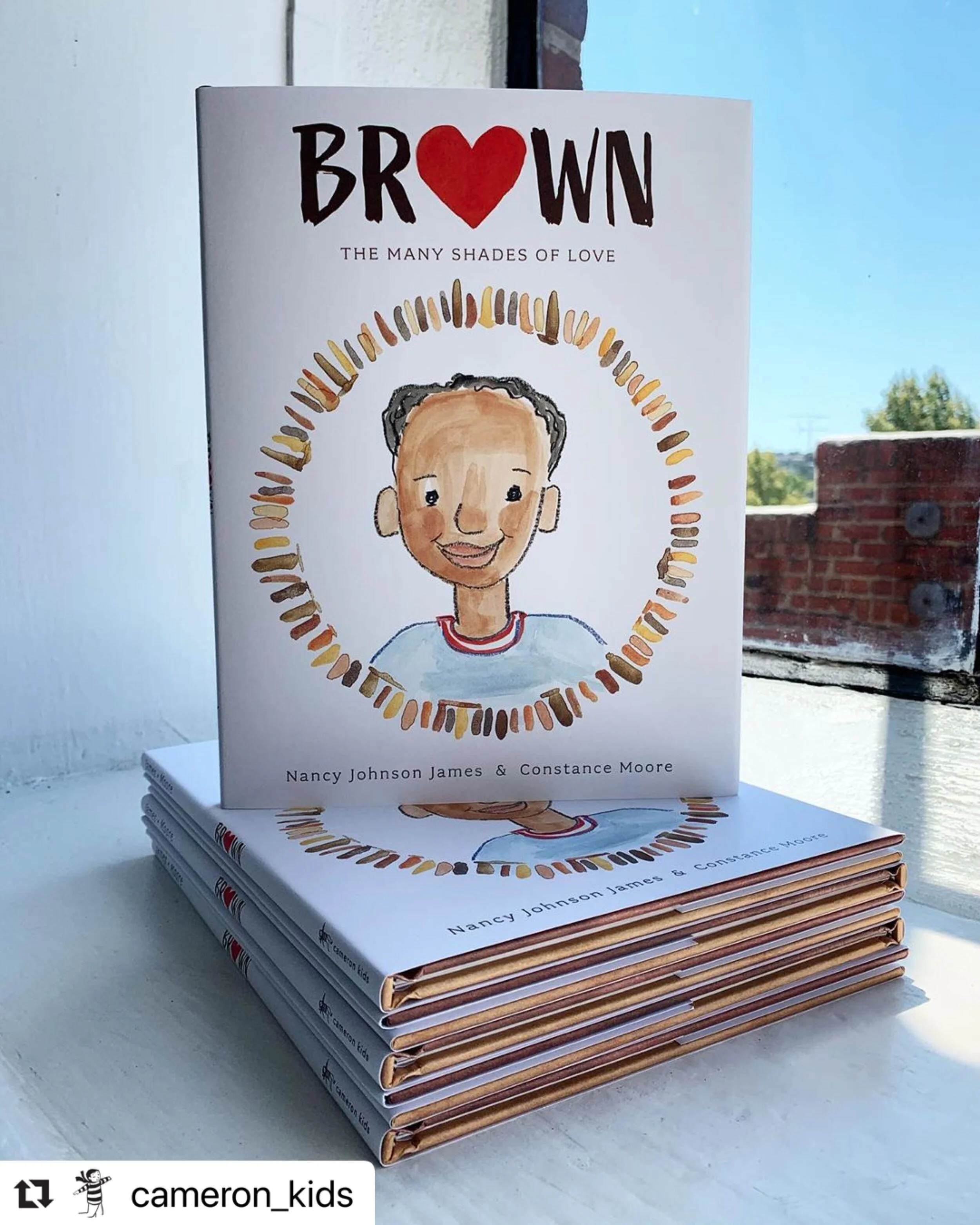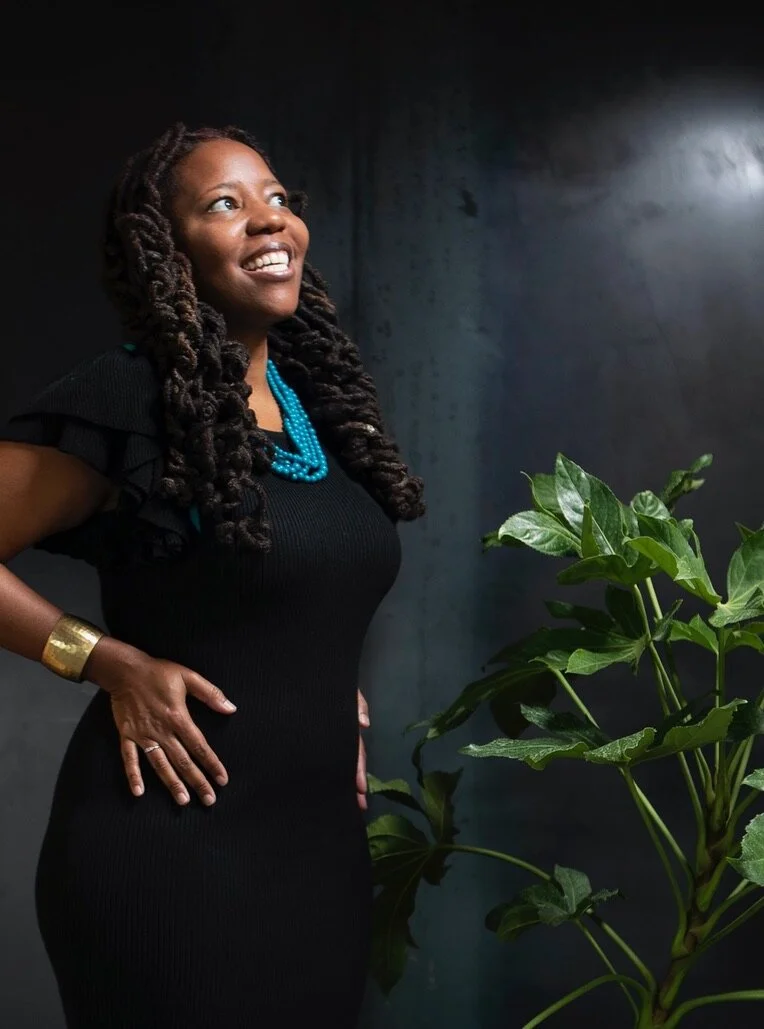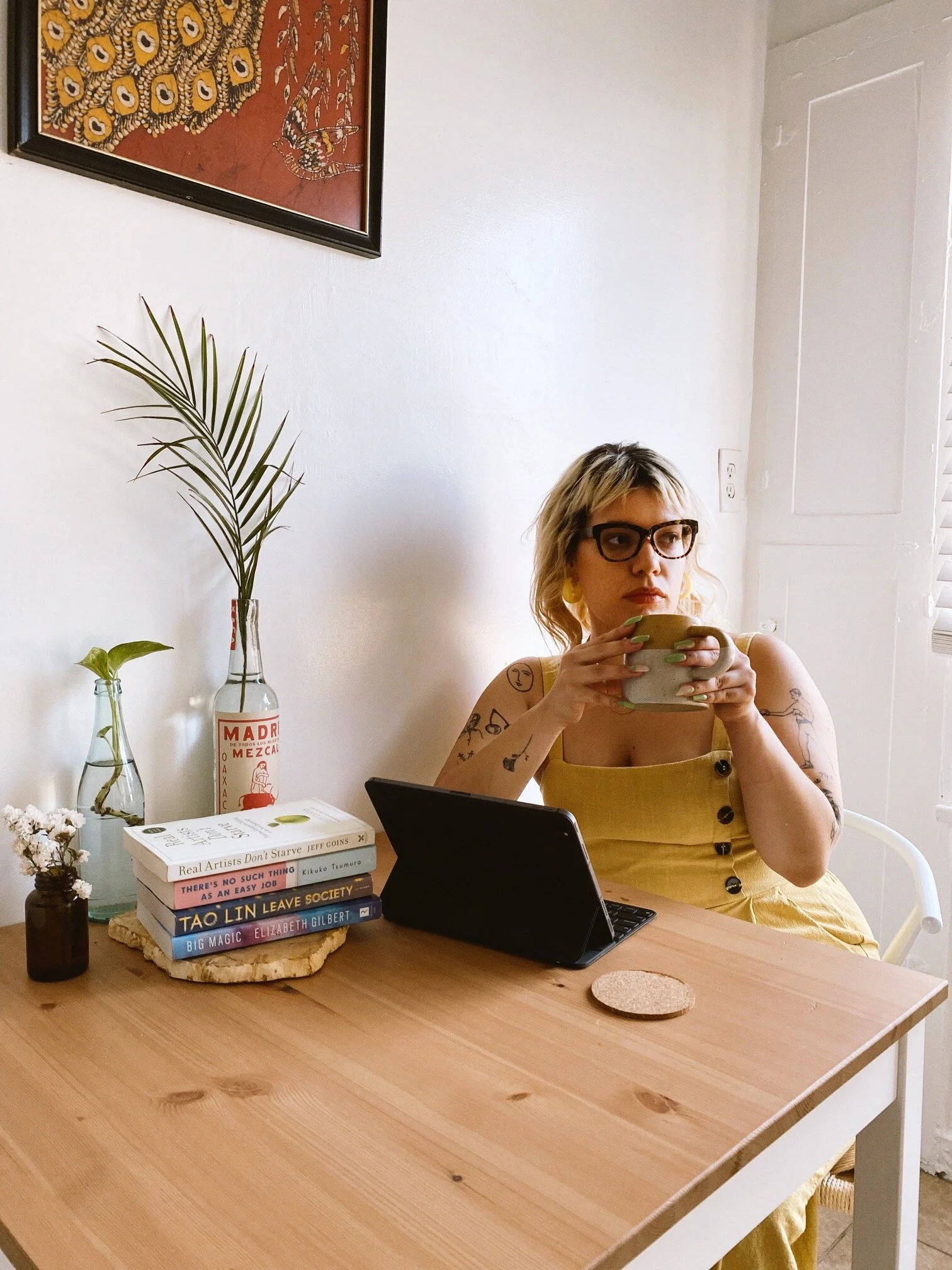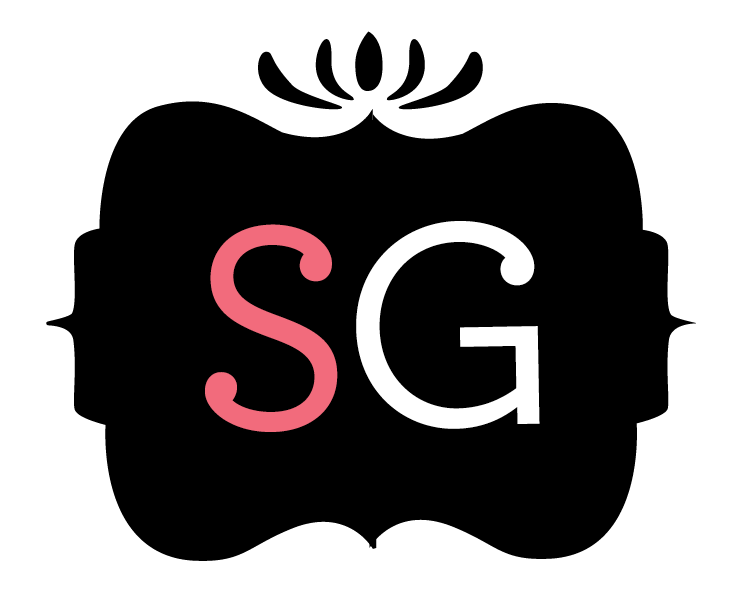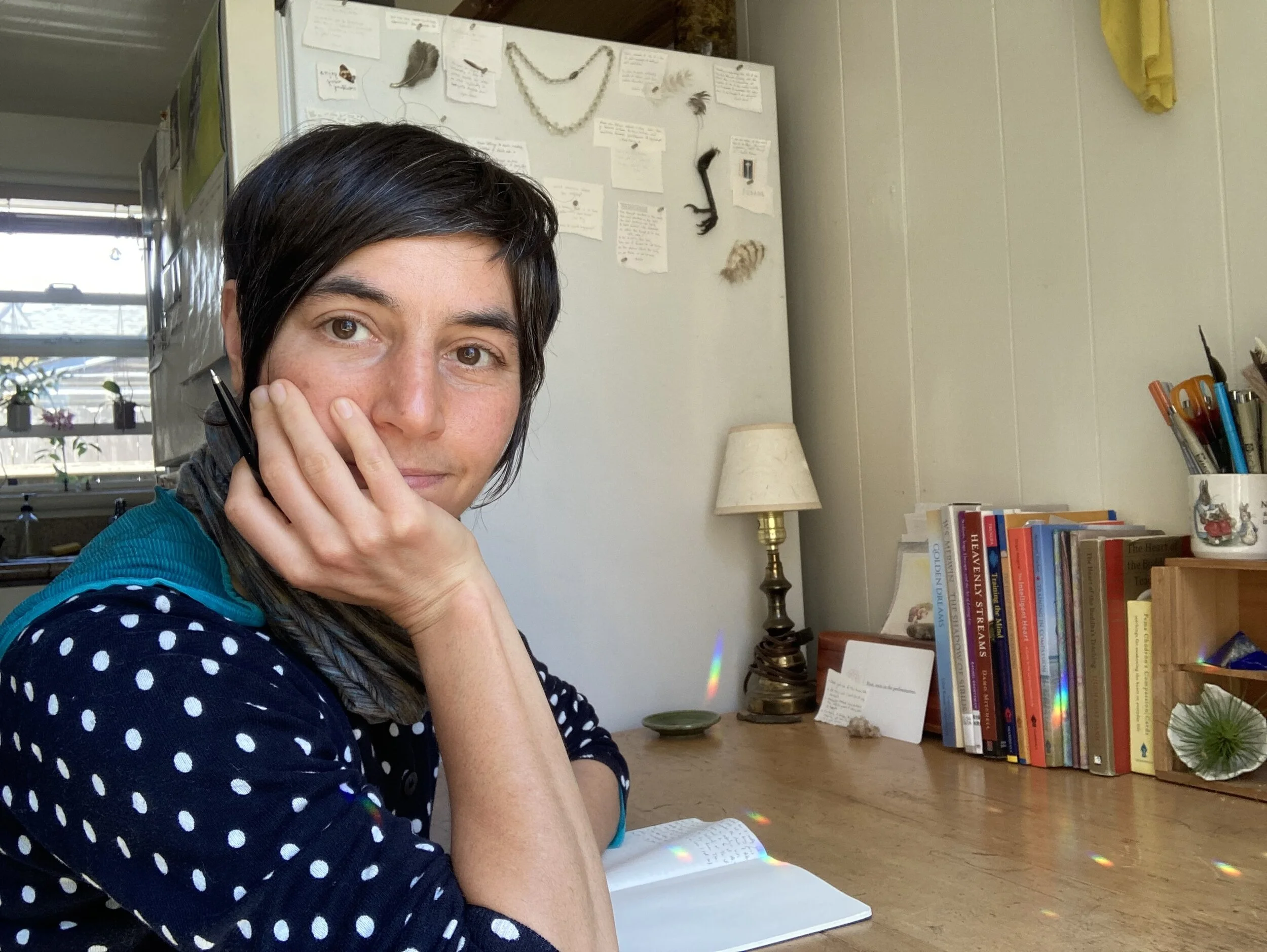Bee Swarm In the Belly: Interview with Rae Diamond
Rae Diamond is an artist and educator, who works with the creative intelligence of nature through language, sound, Qigong, Yoga, imagery, and meditation. In private sessions and classes, she supports personal growth through compassionate awareness, innovative perspectives, and mind-body-spirit integration. They are currently seeking a publisher for a completed book about the integration of nature, spiritual practice, creativity, and environmental care that accompanies an oracle deck painted by Laura Zuspan.
Tell us a story-poem.
A Rogue Cure
Every afternoon, I go out to the street to eat tar. Maybe it reminds me of black licorice, or maybe it is a medicine for an ill I intuit but cannot articulate.
I pull foul, gooey berries, sun-softened and caustic scented, from mended cracks in the street. My mind, quiet and numb, watches me bite and scrape tar from my fingers with attentive teeth, and swallow black, bitter gobs whole like pills.
Whether remedy or poison, my intestines are furious. They want the tar out. The pain in my gut turns into a voice that half whispers, half sings –
* breathe green air in liquid light * follow wind to its source * undress * swim in a swamp * crawl inside of an alligator * hatch out of its egg * fly away, a crane * with your beak, write a message * in mud * watch it crack in the sun * and become dust * fly backwards until you are * human again * plant hollyhocks, black and white * on graves of the forgotten * pretend you remember them * weep until the flowers bloom * and the tar turns into clouds * that rise to your eyes * condense like rain * and fall * iridescent pearls onto petals * the colors of milk and of night *
When the music stops, the air is viridescent, and the sunlight flows like warm honey.
How has collaboration figured into your book?
Cantigee is a collaborative project, so there’s been a lot of feedback and exchange inherent throughout its process of coming into being. Our meeting and our shared creative process have had a charmed feeling throughout.
In 2014, before going to work at a local herb shop, the thought came to me like an electrical charge, “I’d like to meet someone different from anyone I know.” A few hours later, when Laura Zuspan came into the herb shop, tall and vibrant as a queen, I knew she was that person. Normally, I’m shy and mousy, but I gave her my card, and suggested we meet up. We remained friends and colleagues over the years, as we were both artists and spiritual teachers, heavily influenced by Buddhist philosophies, with a deep love of nature, and mutual concern for the environment and social justice issues.
In 2017, Laura produced a stunning watercolor tarot deck, The Luminous Void Tarot. By 2018, she was looking for a collaborator to create an oracle deck with. At that time, I was writing a series of story-poem-fairy-tale-spells. When I asked Laura if she’d like to illustrate one of them, she suggested we create an oracle deck together instead.
And thus, I began extracting archetypes from the stories I’d written. Then she’d illustrate them, and then I’d write about the illustrations. Sometimes her paintings suggested a different archetype than what I’d originally envisioned. Sometimes, she’d just paint freely, and then I’d translate what she painted into an archetype, but usually, I’d have a concept, and then we’d discuss what kind of imagery would best illustrate it. Often we independently felt drawn to the same ideas for Cantigee, so it always felt as if it was actually a three-way collaboration between the project itself and us as artists/mediums. We conceptualized, painted, and wrote in conversation with each other for three years. Now the book and the paintings are done, and we are in the smile-on-the-face-and-bee-swarm-in-the-belly querying process.
How does feedback exchange support your poetry?
For poetry, my main feedback partner is Maw Shein Win. We met at a musician friend’s annual New Year’s Day party. Two years in a row, we talked about music, poetry, and our parallel punk pasts before we realized we were neighbors. Then we started meeting once a month to write together, talk about our processes, and give each other feedback. Since the pandemic, our connection has been more sporadic, but we’re still in conversation. What I love about Maw is her positivity and buoyance. She is a musical, spirited, and accomplished poet, and yet she maintains humility, openness, and generosity. She’s always willing to explore her own frontiers, to walk through doors people open for her, and to open doors for the people she believes in. She’s also been a courageous voice in the midst of violence towards Asian Americans.
What inspires you?
I write dream-like, poetic, and often experimental work, and I also write more technical how-to-grow-as-a-human work. Cantigee was a rare opportunity to merge these two writing worlds into one project, but now that it’s complete, I get to explore these two different avenues again on their own terms.
What is at the heart of all of my work is long walks alone in nature, and the insights found through observation in stillness. I am also a musician, so the discoveries I encounter in music influence my writing, and vice versa.
My artistic writing is occasionally inspired by dreams, but I feel it’s mostly influenced by a lifetime of reading fairy tales, folk tales, myths, and the works of other poets, a lot of whom I find through following poets on Twitter. I am in love with the native nations poetry anthology, When the Light of the World was Subdued, Our Songs Came Through. Ann Carson, Mary Ruefle, and Jennifer S. Cheng are steady favorites, and the Fairy Tale Review sparks me annually.
What are you writing now?
Currently, I’m writing poems and hybrids as a recovery and sweetening process in the wake of the pandemic, multiple major life changes, and the long haul of writing Cantigee. A half-finished eco-poetry book, Fox Steps in the Unraveling, is on a back burner while I maneuver through the querying and promoting process of Cantigee.
My technical writing is heavily influenced by Buddhist, Taoist, and Yogic philosophies and techniques that I apply to my work as an astrologer and mentor. I’m about halfway through writing Somatic Astrology, a book which weaves the physical, emotional, and spiritual aspects of astrology together through physical and meditative practices. And I have an outline for Dharma Cycles, a book which applies Buddhist psychology and philosophy to western astrology. In support of that, I love the writings of Ajahn Amaro, Thich Nhat Hahn, Shunryu Suzuki, and Dzigar Kongtrul. But it’s my practice that is the cornerstone of these works – as an astrologer and mentor, as a humble meditator with a monkey mind that sometimes quiets for a moment, and as a Qigong and Yoga practitioner and teacher.
How do you use research and organization?
I have radically different processes for tracking research and development in the artistic work versus the technical work. The art-writing process is more wiggly and fluid, and usually begins with first and sometimes second drafts handwritten in a journal, and then transferred to a word document. There, I tinker ad infinitum until they feel done. Sometimes I rewrite word doc poems into pen and paper, and then put them back into a word doc. For technical writing and other bigger projects, like Cantigee, I use the writing program, Scrivener, because it makes it very easy to organize, reorganize, and track the bigger themes of the project, and also where the ideas are coming from.
Will you share a peek at Cantigee?
In Cantigee, each archetype in the oracle deck has a corresponding chapter in the book, which includes a fantastical story, as well as explanations, guidance, practices, creative prompts and ecological connections. Here's a microfiction story from the book.
The Swarm of Bees
In the story about how a bee swarm makes storm clouds, and the clouds make rain, and the rain falls sweet, and the rainbows are gold tinted, and the wine from that year is waxy and smells of pollen and comb, you are the child whose hair turns amber in the rain, and whose feet forever after emanate sun-scented halos, even when you are a wrinkled elder many years later.
***
I coax sexy writers like Rae Diamond to reveal their creative secrets and processes in interviews to inspire you:
Read more from Cantigee, Rae’s book and oracle deck project with Laura Zuspan.
Love Rae’s story above? See Laura’s painting for The Swarm of Bees. Explore Laura’s work and the Luminous Void Tarot.
Visit Rae’s astrology blog and another blog on intersections of art and nature.
Discover Rae’s poetry in The Arsonist and Dovecote and meet Rae’s poetry feedback partner Maw Shein Win.
Feeling inspired? Book a private session with me, The Sexy Grammarian. You always leave private sessions with homework and inspiration, and the first session is always free.

